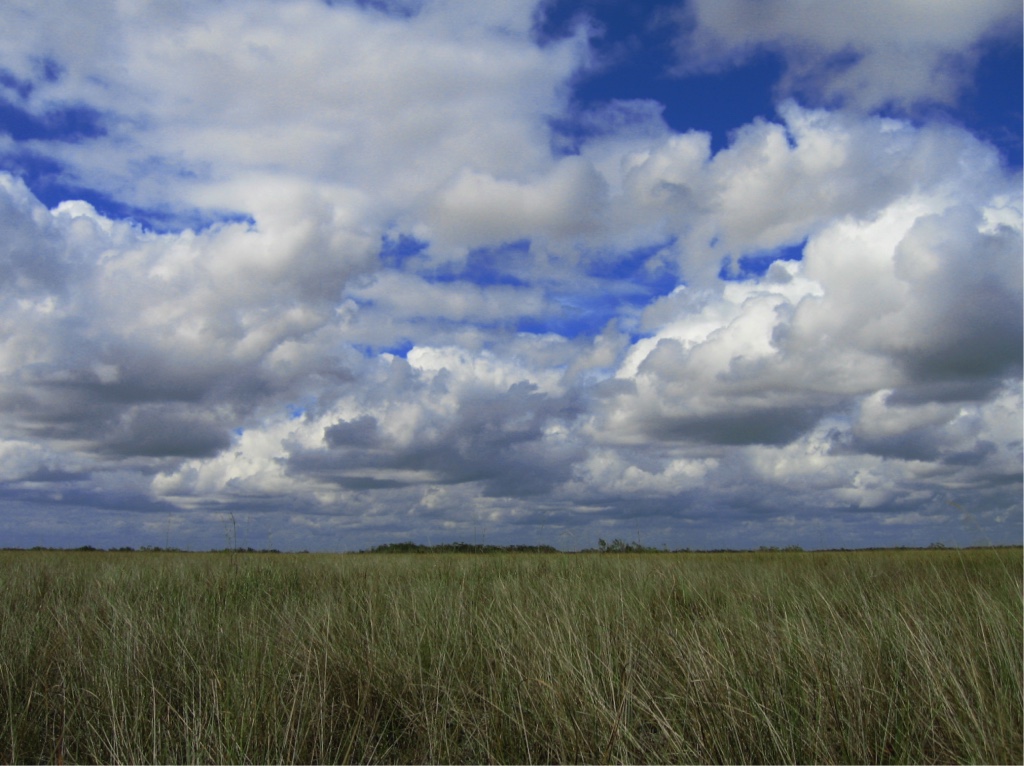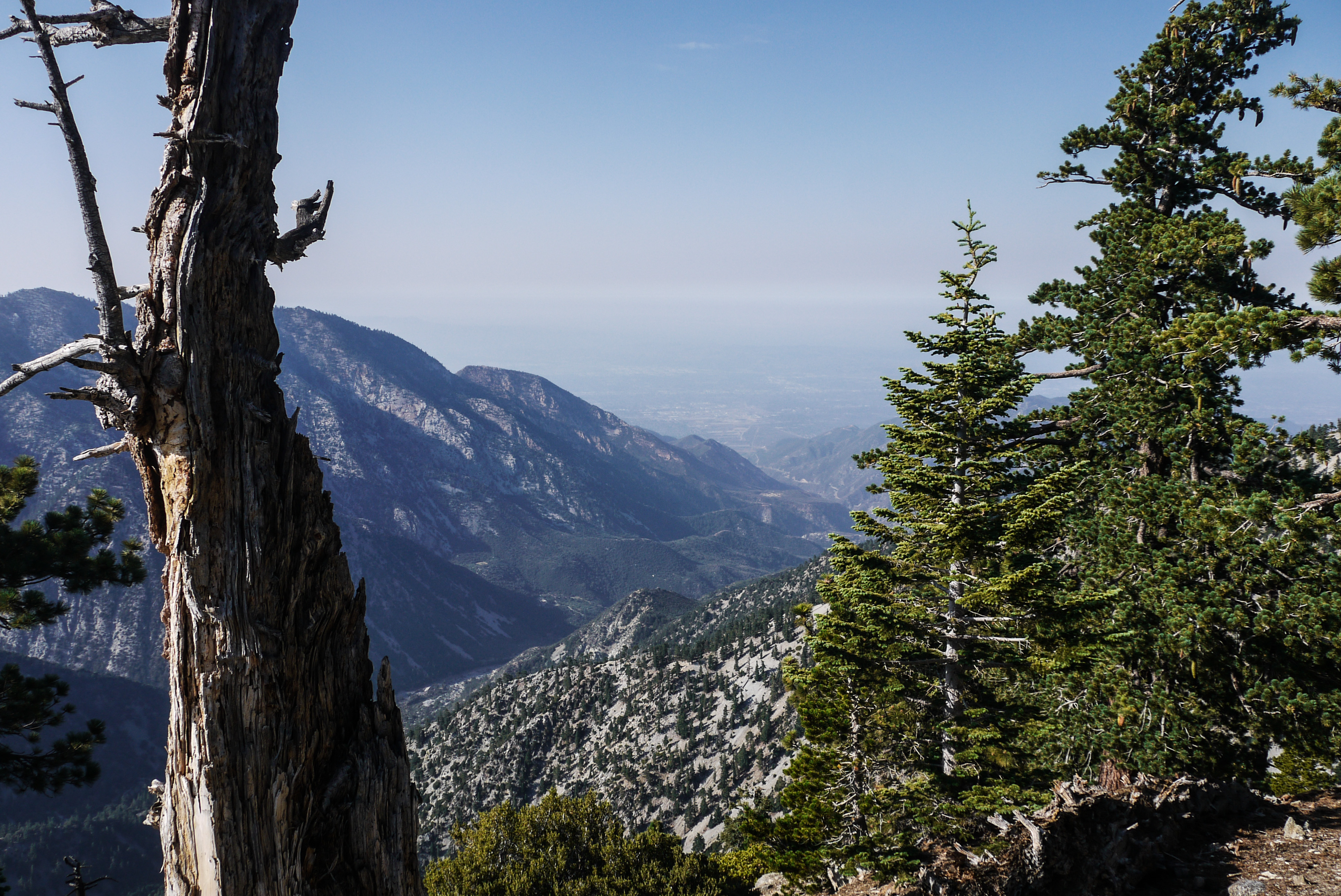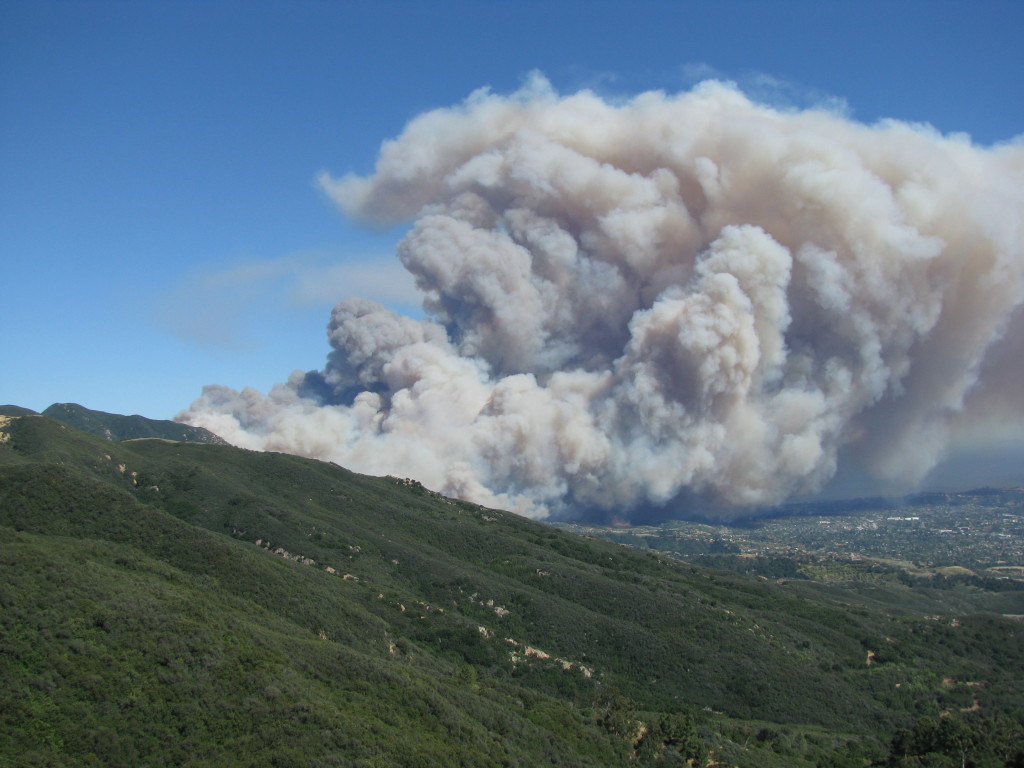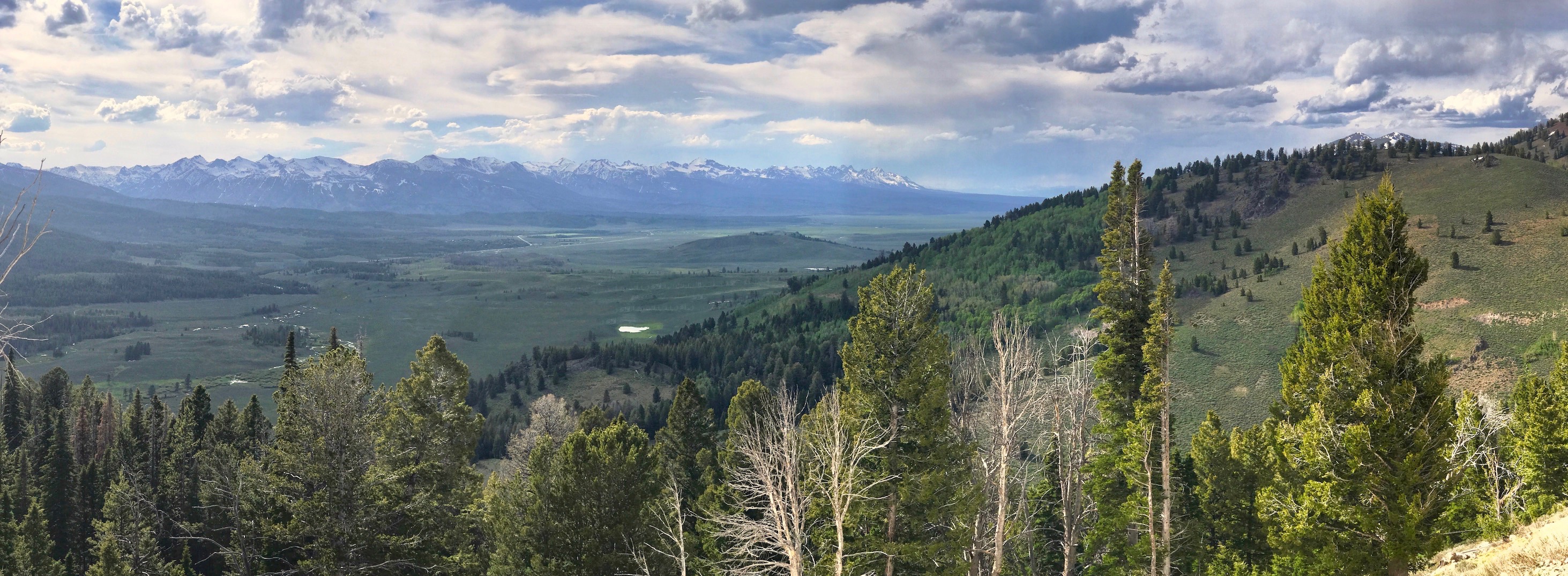Overview
The Fire & Dryland Ecosystems Lab in the Department of Natural Resources and Environmental Sciences at the University of Nevada, Reno investigates how wildfire influences plant, soil, and hydrologic processes, at scales ranging from individual soil cores to the Earth System. Two key questions are: (1) how have climate change and human activities altered these interactions, and (2) what can we expect in the future? Specifically, we are interested in:
- The influence of climate change on future wildfire regimes
- Carbon, nitrogen, and water dynamics in fire-prone systems
- Fire as a driver of biogeochemical processes in drylands
- Ecological resilience and recovery in the context of climate change
- Effects of fuel management on watershed responses to fire
Research in the lab is conducted at study sites in the Sierra Nevada, Great Basin, southern California, and the Pacific and Inland Northwest. We work with a range of tools, including process-based models, remote sensing, and field/laboratory analysis.
Current Projects
The shifting role of wildfire in dryland ecosystems and watersheds
 Biogeochemical responses to wildfire in the Great Basin and Sierra Nevada
Biogeochemical responses to wildfire in the Great Basin and Sierra Nevada
Climate change and human actions, such as fire suppression, have altered fuel characteristics and fire regimes in dryland systems across western North America. As the climate continues to change, it grows increasingly urgent to develop tools for forecasting future wildfire activity in these systems, and to anticipate how changes in fire activity will affect their ecological function, including processes such as nutrient cycling and streamflow. We are conducting field and laboratory studies to examine how soil microbial activity, and ecosystem C and N dynamics vary with vegetation cover, burn severity, and time since fire in the Great Basin and Sierra Nevada (e.g., Laomille Canyon in the Ruby Mountains; left). Using results from these studies, we are improving modeling algorithms for the effects of fire on belowground processes. Finally, we are using land surface and Earth System models to investigate how climate change and management affect future fire regimes in different locations, and how shifting fire regimes influence ecohydrologic and biogeochemical processes. Ultimately, this research will help us determine when and where management can mitigate the effects of climate change in wildfire-prone systems.
Modeling the effects of fuel management on water quality and quantity across California
Fuel reduction treatments are often used to mitigate fire risk in forests where decades of suppression have increased fuel loading. However, forest density reductions can sometimes have unintended consequences for water quantity and quality and such effects can be difficult to predict. In collaboration with multiple land management agencies, we are using the ecohydrologic–biogeochemical model RHESSys to examine how fuel reduction treatments influence water quality, water quantity, and fire risk across multiple watersheds in California.
Fuel succession: monitoring and modeling ladder fuels to balance fire risk and carbon retention
Understory vegetation that propagates fire from the forest floor into the overstory canopy (i.e., ladder fuel) is a key component of fire behavior and carbon fluxes in coniferous forests because it provides a core matrix by which fires spread both horizontally and vertically. We are developing capacity for remotely estimating the biomass and structure of ladder fuels at specific timepoints and are using those estimates to calibrate and improve process-based models. We are then using improved models to examine how fuel management scenarios influence tradeoffs between fire risk and carbon retention across the Sierra Nevada.
Sustaining critical forest ecosystem services from the ground up: Evaluating the consequences of burn severity on soil health
Following fire, ecosystem recovery is constrained by the extent to which fire has transformed belowground processes. Although fire effects on forest soils are known to increase with the temperature and duration of heating, our mechanistic understanding of how soil heating alters soil microbial processes remains limited. We are combining empirical analyses and model development to understand how fire temperature and effects propagate through soils. This has involved developing a novel model (Soil Heating in Fire; SheFire), which estimates heating with depth and predicts its effects on soil organism survival (seeds, root tissue, proteins, etc.). We are continuously improving this model to better represent the direct effects of heating on soil characteristics and processes.
Publications:
- Hanan EJ, Kennedy M, Ren J, Johnson M., Smith A (2022) Missing climate feedbacks in fire models: limitations and uncertainties in fuel loadings and the role of decomposition in fine fuel accumulation. Journal of Advances in Modeling Earth Systems (JAMES). 14(3): e2021MS002818
- Brady MK, Hanan EJ, Dickinson MB, Miesel JR, Wade L, Greenberg J, Ewel C (2022) How interactions between wildfire and seasonal soil moisture fluxes drive nitrogen cycling in Northern Sierra Nevada forests. International Journal of Wildland Fire.WF21064
- Brady MK, Dickinson MB, Miesel JR, Wonkka CL, Kavanagh KL, Lodge AG, Rogers WE, Starns HD, Tolleson DR, Treadwell ML, Twidwell D, Hanan EJ (2022) Soil Heating in Fire (SheFire): A model and measurement method for estimating soil heating and effects during wildland fires. Ecological Applications. e2627.
- Tague CL, Moritz M, Hanan EJ (2019) The Changing Water Cycle: The ecohydrologic impacts of forest density reduction in Mediterranean (seasonally dry) regions. Invited review for Wiley Interdisciplinary Reviews (WIREs) Water 6(4).
Assessing nitrogen saturation in xeric ecosystems—Accounting for hydrologic disconnection and temporal asynchrony between nitrogen uptake and availability
 Atmospheric N deposition, resulting from fossil fuel combustion and industrial agriculture, is a major driver of environmental degradation and a key perturbation to ecosystems. Therefore, it is critical for scientists and land managers to be able to determine when an ecosystem has received too much N. Methods for evaluating N saturation were developed in relatively wet ecosystems where N pollution was first studied. However, drylands cover a third of Earth’s land surface and can experience N deposition rates among the highest recorded. One would expect ecosystems in these areas to be saturated with N, but in some cases, they can continue to assimilate it. To predict how environmental change and future N pollution will affect ecosystem processes and services such as clean air and water, it is crucial to better understand how these dry systems function. With collaborators at University of California, Riverside, we are examining N dynamics in xeric watersheds across an N deposition gradient to develop a better framework for evaluating N saturation, and to project how it will respond to environmental change.
Atmospheric N deposition, resulting from fossil fuel combustion and industrial agriculture, is a major driver of environmental degradation and a key perturbation to ecosystems. Therefore, it is critical for scientists and land managers to be able to determine when an ecosystem has received too much N. Methods for evaluating N saturation were developed in relatively wet ecosystems where N pollution was first studied. However, drylands cover a third of Earth’s land surface and can experience N deposition rates among the highest recorded. One would expect ecosystems in these areas to be saturated with N, but in some cases, they can continue to assimilate it. To predict how environmental change and future N pollution will affect ecosystem processes and services such as clean air and water, it is crucial to better understand how these dry systems function. With collaborators at University of California, Riverside, we are examining N dynamics in xeric watersheds across an N deposition gradient to develop a better framework for evaluating N saturation, and to project how it will respond to environmental change.
Publications:
- Püspök JF, Zhao S, Calma AC, Vourlitis G, Allison SD, Aronson AA, Schimel JP, Hanan EJ, Homyak PM. (2022) Effects of experimental nitrogen deposition on dryland soil organic carbon storage. Global Change Biology. In press.
- Gustine B, Hanan EJ, Elliot W, Robichaud PR (2021) From burned slopes to streams: How wildfire affects nitrogen cycling and retention in forested watersheds. Biogeochemistry. 157: 51–68.
Effects of climate change on fire regimes and watershed processes in the Pacific and Inland Northwest
We are also participating in an interdisciplinary project, FireEarth, which examines how fire and other disturbances interact to affect ecosystem resilience and ecosystem services in the Inland Northwest, and how these effects in turn influence how human communities can adapt. This involves developing a modeling framework that expands the Biosphere-relevant Earth system model to incorporate disturbance. Our work has two major foci: (1) modeling the effects of climate change and fuel management on future fire regimes and feedbacks with ecohydrologic and biogeochemical cycles, and (2) developing algorithms for assimilating remote sensing into model simulations to account for disturbance history.
Effects of wildfire on water security in municipal watersheds
We are working on two major interdisciplinary projects investigating how wildfire risk is changing in the Pacific Northwest and how fire will affect water security in municipal watersheds. These projects are collaborations among the University of Nevada-Reno (UNR), Washington State University (WSU), Oregon State University (OSU), the University of Idaho (UI), and the US Forest Service. This involves expanding and improving the ecohydrologic–biogeochemical model RHESSys to better simulate fire regimes and their effects wildfire on water quantity and quality.
Effects of climate change and fuel management on wildfire activity
Fire suppression has increased the frequency of large and severe wildfires in many regions across the Western U.S., while climate change has intensified fire activity by increasing fuel aridity. However, the contribution of these drivers to shifting fire regimes is not well quantified at regional scales. We are using meteorological inputs derived from global climate models, combined with fire suppression scenarios to model the extent to which climate change and fuel accumulation promote the spread of severe fires in and among watersheds in the Inland Northwest. Results suggest that in wetter regions, climate change has increased fire activity to a larger extent than fire suppression, and these increases have led to greater variability in streamflow and carbon cycling.
Assimilating remote sensing into model simulations to account for disturbance history
Simulation modeling is a powerful tool for bridging scales and projecting the effects of future climate and disturbance regimes; however, model projections are limited by uncertainties in the initial state of plant carbon and nitrogen stores, especially in watersheds with a heterogeneous disturbance history. Advances in remote sensing and our ability to process large datasets provide an opportunity to better initialize regional-scale models. Dr. Hanan developed a new approach that uses remote sensing to spatially constrain the growth of carbon and nitrogen stores, while still allowing them to develop mechanistically through spin-up. The method can readily use multiple remote sensing products to constrain spin-up, allowing it to improve with advancing technology. Combining these state-of-the-art tools can help us to evaluate global change issues, including climate change, drought, and habitat degradation, in ways that were previously impossible.
Publications:
- Ren J, Hanan EJ, Hicke JA, Abatzoglou JT, Kolden CA, Tague C, Bart R, Liu M, Adam J. (2023) Bark beetle effects on fire regimes depend on underlying aridity-productivity gradients in semiarid systems. Journal of Advances in Modeling Earth Systems (JAMES). In press.
- Ren J, Hanan EJ, Abatzoglou JT, Kolden CA, Tague C, Kennedy M, Liu M, Adam J (2022) Projecting future fire regimes in semiarid systems: interactions among climate change, vegetation productivity, and fuel dynamics. Earth’s Future 10(3): e2021EF002518
- Ren J, Adam J, Hicke JA, Hanan EJ, Tague C, Liu M, Kolden C, Abatzoglou JT (2021) How does water yield respond to mountain pine beetle infestation in a semiarid forest? Hydrology and Earth System Sciences (HESS) 25: 4681–4699.
- Hanan EJ, Ren J, Tague CL, Kolden C, Bart R, Kennedy M, Abatzoglou J, Adam J (2020) How climate change and fire exclusion drive wildfire regimes at actionable scales. Environmental Research Letters.16(2): 4051
- Hanan EJ, Tague CL, Choate J, Liu M, Kolden C, Adam J (2018) Accounting for disturbance history in models: using remote sensing to constrain carbon and nitrogen pool spin-up. Ecological Applications. Ecological Applications 28(5):1197-1214.
Past Projects
Biogeochemical responses to fire in coastal chaparral
 In past projects, Dr. Hanan explored how chaparral ecosystems recover from fire, how this influences the rates at which they leach nitrogen into streams, and how these processes respond to climate change. She found that fire destroys microbial biomass, and biomass remains low through the early years of recovery. Ephemeral herbs, on the other hand, establish rapidly and assimilate nitrogen commensurate with rates of net mineralization and nitrification. In a follow-up study, she found that after fire, elevated ammonium supply and soil pH create optimal conditions for nitrifiers to thrive. Once those conditions are established, nitrification continues, even after ammonium declines and pH returns to prefire conditions. Alternatively, char can reduce nitrification by supplying carbon to heterotrophic microbes, thereby promoting immobilization.
In past projects, Dr. Hanan explored how chaparral ecosystems recover from fire, how this influences the rates at which they leach nitrogen into streams, and how these processes respond to climate change. She found that fire destroys microbial biomass, and biomass remains low through the early years of recovery. Ephemeral herbs, on the other hand, establish rapidly and assimilate nitrogen commensurate with rates of net mineralization and nitrification. In a follow-up study, she found that after fire, elevated ammonium supply and soil pH create optimal conditions for nitrifiers to thrive. Once those conditions are established, nitrification continues, even after ammonium declines and pH returns to prefire conditions. Alternatively, char can reduce nitrification by supplying carbon to heterotrophic microbes, thereby promoting immobilization.
To project the effects of global change on postfire nitrogen retention, Dr. Hanan used a coupled ecohydrologic-biogeochemical model that captures interactions among climate, hydrology, soils, and vegetation. Surprisingly, she found that nitrogen export is highest when fire is followed by drought. Even though there is less water moving through the system, drought suppresses plant recovery and nutrient uptake relative to nitrogen mineralization rates. Because soil microbes are less sensitive than plants are to drought, mineral nitrogen accumulates over the hot, dry summer, and is then flushed from soils upon wetup. These findings reveal how climate regulates nitrogen balance in Mediterranean environments by influencing how quickly plants “turn on” at the start of the autumn rainy season.
Publications:
- Goodridge B, Hanan EJ, Wetherley E, Aquilera R, Chen H, D’Antonio C, Melack J (2018) Responses and recovery of a chaparral watershed following wildfire. Ecosystems 21(8):1608-1622.
- Hanan EJ, Tague C, Schimel JP (2017) Nitrogen cycling and export in California chaparral: the role of climate in shaping ecosystem responses to fire. Ecological Monographs. 87(1):76-90.
- Hanan EJ, Schimel JP, Dowdy K, D’Antonio CM (2016) Effects of substrate supply, pH, and char on net nitrogen mineralization and nitrification along a wildfire-structured age gradient in chaparral. Soil Biology and Biochemistry 95: 87-99.
- Hanan EJ, D’Antonio CM, Roberts DA, Schimel JP (2016) Factors regulating nitrogen retention during the early stages of recovery from fire in coastal chaparral ecosystems. Ecosystems 19(5): 910-926
- Chen X, Emery N, Garcia E, Hanan EJ, Hodges H, Martin T, Meyers M, Peavey L, Peng H, Sainz-Santamaria J, Uyeda K, Anderson S, Tague C (2013) Perspectives on disconnects between science and management in post-fire treatment in the Western US. Environmental management 52(6): 1415-1426.
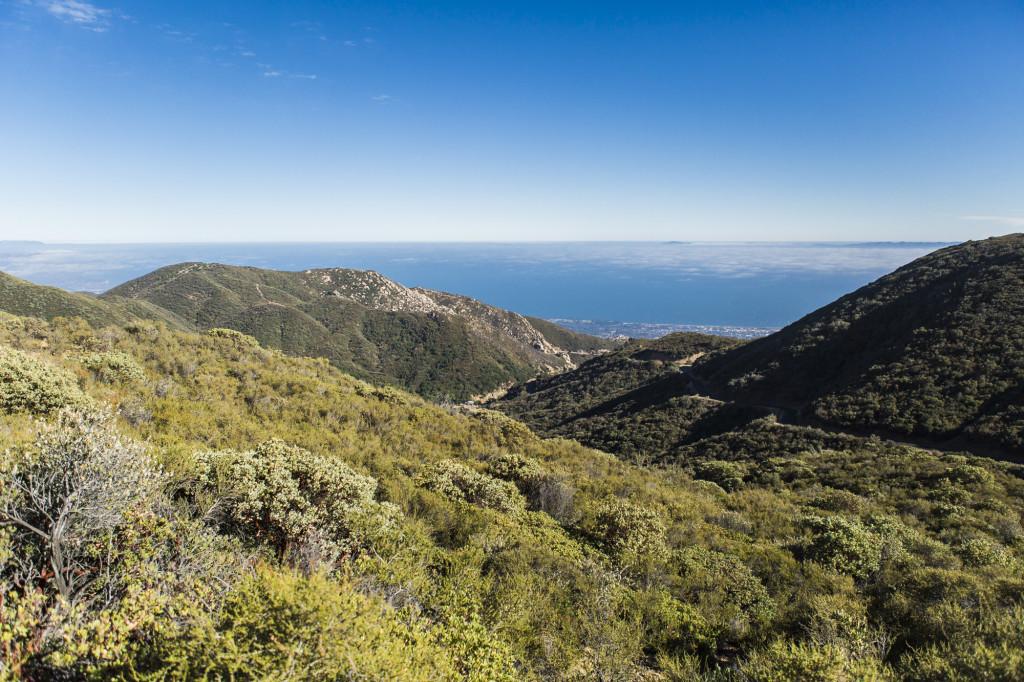

Plant soil feedbacks surrounding Everglades tree islands
Working in the Florida Everglades, Dr. Hanan also explored feedbacks between vegetation and soil processes (especially phosphorus redistribution) surrounding tree islands. It also focused on the patterning of woody plants and tree islands across Everglades landscapes. She found that at large scales, the distribution of small tree islands is controlled by underlying physical and environmental factors such as topography, hydrology, and fire. Also, small tree islands accumulate phosphorus through mechanisms similar to those previously identified in the large tree islands of Shark Slough, thus representing an important phosphorus sink within the greater Everglades system.
Publications:
- Hanan EJ, Ross MS, Ruiz PL, Sah JP (2010) Multi-scaled grassland-woody plant dynamics in the heterogeneous marl prairies of the southern Everglades. Ecosystems 13(8): 1256-1274.
- Hanan EJ, Ross MS (2009) Across-scale patterning of plant-soil-water interactions surrounding tree islands in southern Everglades landscapes. Landscape Ecology 25(3): 463-476.
